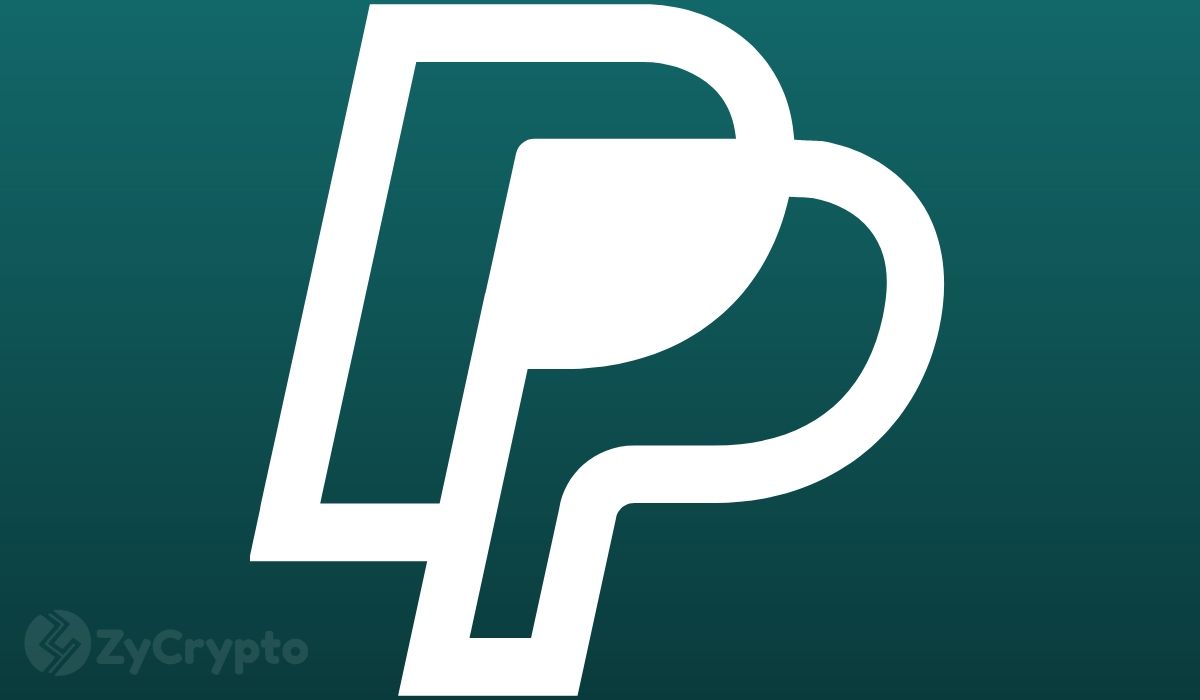- Tether’s co-founder says PayPal’s foray into stablecoins will not lead to greater sector innovation.
- He suggests that the payment giant could lean on stablecoins to increase profitability.
- Experts argue that PayPal’s push into stablecoins could disrupt the existing conditions in the ecosystem, given its deep user base.
Nearly one month after launching its stablecoin, a measure of doubt continues to trail PayPal’s foray, with critics poking holes in the project’s innovativeness.
Tether co-founder William Quigly submitted that PayPal’s decision to launch a stablecoin is largely fuelled by the desire to increase its profitability. In a recent interview with Coindesk, Quigly noted that he does not expect seismic levels of innovation from PayPal’s PYUSD stablecoin, hinting that the offering will be in the same mould as other stablecoins.
“I don’t think much innovation will come from PayPal,” Quigly said. “I think PayPal will see this principally as a cost saving. They may or may not pass on a portion of that to their end users.”
By pivoting to stablecoins, PayPal eliminates its reliance on financial intermediaries, which could save the company a fortune in foreign exchange fees. All transactions will be settled on PayPal’s private blockchain, which Quigly opines leaves the payment service with two options.
According to Quigly, PayPal can leverage the removal of interchange fees to ultimately lower the cost of cross-border transactions for users or keep all the slush funds as profit.
“PayPal can continue to assess consumers and merchants’ currency conversion fees on each transaction even though it no longer incurs those fees, and retain 100% of those fees as profit,” said Quigly. “Or it can eliminate the currency conversion charges it has heretofore assessed its customers and lower their overall cross-border transactions costs.”
While it is unclear which direction PayPal will take, Quigly seized the opportunity to describe Tether’s early years. The co-founder noted that Tether began as a “charitable contribution” to the virtual currency space, specifically catering to the needs of the open-source community.
Quigly added that the Tether’s earnings were an addition to the interest rates it received on its reserves. He added that at the start of the company’s operations, interest rates were at their lowest ebb, but in Q2, the stablecoin issuer netted over $1 billion in operational profit.
PYUSD fails to hit the ground running
At the moment, PYUSD has a market capitalization of $43.4 million, which puts it far behind Tether’s USDT and USDC. On-chain analysis indicates low adoption for PYUSD, with pundits blaming the low transaction volumes on several factors, including the project’s novelty.
“PYUSD was listed on a few centralized exchanges at the end of August, notably Coinbase and Kraken, but its daily trade volumes have been volatile and quite low compared to other stablecoins,” said Kaiko analyst Dessislava Aubert.
Data from CoinGecko reveals that PYUSD managed to hit a daily trading volume of $1.2 million compared to the over $13 billion reached by USDT.
Despite the slow start to life, experts believe that when PayPal’s 435 million users warm up to its stablecoin offering, PYUSD could snag a chunk of the market share controlled by USDT and USDC.


